Oaxaca is an incredibly diverse and culturally-rich destination with so much to do. Discover its history, handicrafts, food and drink, and nature through these 11 best day trips from Oaxaca City.
Check out more Oaxaca travel guides, tips, and recommendations here.
History
Monte Albán
Monte Albán Archeological Site
Monte Albán is a can’t-miss archeological site in Oaxaca and one of the most important in all of Mexico. It was once the ancient capital of the Zapotec civilization and a grand urban center from about 500 B.C. to 850 A.D. The ancient Zapotec city, with its sophisticated pyramids, temples, ballcourt, and tombs, lies on top of a flat hill, offering beautiful views of the surrounding valley.
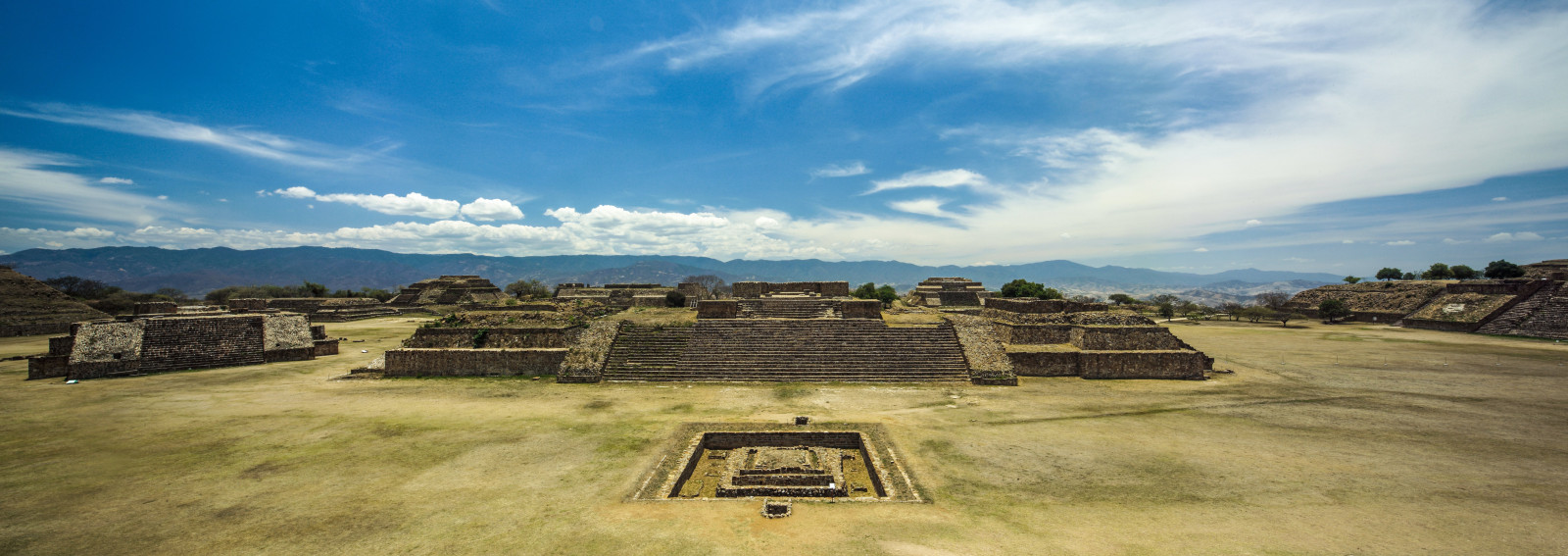
Photo Credit: Instituto Nacional de Anthropologia y Historia (INAH)
San Pablo Villa de Mitla
Mitla Archeological Site
Mitla is Oaxaca’s second-most important archeological site. It was once occupied by the Zapotecs and later the Mixtecs until the Spanish conquest. It’s believed to have been a significant religious center and sacred burial ground and consists of five main groups of structures. Perhaps most striking, geometric stone mosaics adorn the buildings. Each piece of stone was finely hand-cut by skilled artisans to fit into place as part of an intricate design without using mortar.

Photo Credit: CyArk, Instituto Nacional de Anthropologia y Historia (INAH)
Handicrafts
San Martin Tilcajete
Alebrijes
Alebrijes are hand-carved and painted folk art sculptures of fantastical creatures. They have an interesting, more modern history. In 1936, the artist Pedro Linares López, while severely ill in a feverish state, saw fantastical creatures that kept chanting the word “alebrijes.” He later created sculptures of these creatures using paper mache, which became popular. In 1977, Oaxacan sculptor Manuel Jiménez Ramírez met and became inspired by Linares. In his village San Antonio Arrazola, which has an ancient Zapotec tradition of wood carving from the area’s copal trees, he started to sculpt copal wood into his own version of alebrijes. These are the Oaxacan alebrijes known today.
Others in San Antonio Arrazola and the village of San Martín Tilcajete, which also has copal trees and an ancient tradition of wood carving, took up the craft as well. While both villages are Mexico’s main alebrije-making towns, today Tilcajete is generally where higher-end pieces are produced.
Jacobo and María Ángeles are the most acclaimed artisans in Tilcajete and perhaps all of Mexico. Other well-known workshops include Una Inspiración de Mi Vida and Alebrijes El Sueño Zapoteco.
Teotitlán del Valle
Loom Weaving
Teotitlán del Valle is an indigenous Zapotec village renowned for its ancient tradition of loom weaving using pure wool and natural dyes. In the days of the Aztecs, the village paid their tribute in textiles. To learn more about the village’s textile tradition, visit its cultural center or one of the workshops in the village for a demonstration of the Zapotec rug creation process.
Some of the famous weaving families include the Pérez family, Vásquez family, and Ruiz family.
Candle-Making
Teotitlán del Valle is also known for artisanal candle-making that dates back to pre-Hispanic times. When a Zapotec family disapproved of their daughter’s chosen match, the couple would run away together and get married. They would later return to mend relations and rejoin the community. To earn forgiveness, the couple would return to the bride’s family home with gifts. They would be joined by the groom’s family, a mediator, and other villagers, each carrying a candle. Traditionally, handmade candles were also donated to the Catholic Church in exchange for food.
Village matriarch Doña Viviana Alávez of Casa Viviana is known as the guardian of this artisanal craft that uses all-natural materials, including beeswax, natural dyes, and wooden molds. The process is incredibly labor-intensive, with a ceremonial pillar candle without additional decoration taking about three weeks to pour some four hundred layers of wax onto a single cotton wick.
San Marcos Tlapazola
Red Clay Pottery
San Marcos Tlapazola is an indigenous Zapotec village where all-female artisans have specialized in the artisanal production of red clay pottery for 20+ generations. Traditionally, artisans created functional cookware for use in the region. Trailblazing women from the Mateo family changed that by venturing out of the village to hone their craft and market their work, for which they were marginalized by their communities. As a result, the artisans now have a larger market that allows them to produce utilitarian and decorative pieces for sale in Mexico and abroad.
San Bartolo Coyotepec
Black Clay Pottery
The region’s black clay pottery tradition dates back to at least 500 B.C. While the clay starts out the color of mud, heat and smoke during the firing process turn it black. Traditionally, black clay pottery had a natural, matte finish and was functional, often used to store and carry liquids.
Since the 1960s, it’s evolved to include more decorative pottery with a glossy shine, thanks to Doña Rosa Real Mateo de Nieto. She found that under-firing pieces made them jet-black and that burnishing them with quartz stones gave them a shiny finish. Her pieces became popular with tourists and spread throughout the community. This is the style of black pottery that you will find today in Oaxaca. You can visit her family’s workshop for a demonstration of their artisanal process.
While in town, don’t miss the folk art museum, Museo Estatal de Arte Popular de Oaxaca.
Food & Drink
Valles Centrales
Artisanal Mezcal Production
Oaxaca is famous for mezcal, most of which is made by hand in small batches at family-run distilleries (palenques) for local or domestic consumption. Small-batch mezcals are unique and diverse because of the artisanal process, the unique palate of each maestro mezcalero (mezcal master), and the vast number of agave plants used to make mezcal.
If you’re interested in mezcal production or culture, avoid tours that briefly stop at tourism-focused distilleries while en route to other nearby sights. Instead, I recommend going through a tour dedicated to mezcal. A highly recommended tour operator is Mezcal Educational Tours.
Tlacolula de Matamoros
Indigenous Market
On Sundays, people from all over the region, many dressed in traditional attire unique to each village, come to buy and sell at Tlacolula de Matamoros’s huge and atmospheric weekly market.
The market is popular for its barbacoa food stalls that serve goat or lamb cooked in an underground pit. Doña Adolfa has been serving barbacoa at the market for over 50 years. For a traditional barbacoa experience, order the meat by weight with consommé (broth) and tortillas.

Nature
Sierra Norte
Cloud Forest
The Pueblos Mancomunados is a semi-autonomous community of eight Zapotec villages nestled in the remote Sierra Norte mountains. Since 1998, six of them have operated an eco-tourism project that offers visitors adventure in forested mountains high above the clouds and to experience Zapotec village life. There are over 62 miles (100 km) of trails connecting the villages that pass through pine forests, waterfalls, caves, valleys, canyons, and panoramic viewpoints. The area also has an incredible diversity of flora and fauna and is home to endangered species like jaguars and spider monkeys. Through the community-led tourism operator Expediciones Sierra Norte, you can arrange a day or multiple days of trekking, biking, horseback riding, and mushroom foraging.
Hierva El Agua
Mineral Springs & Rock Formations
Hierva El Agua has mineral springs that flow to the edge of a cliff, forming incredible natural infinity pools you can bathe in that overlook the surrounding mountains. Over thousands of years, mineral deposits from water dripping over the cliff have formed into rocks resembling frozen waterfalls.
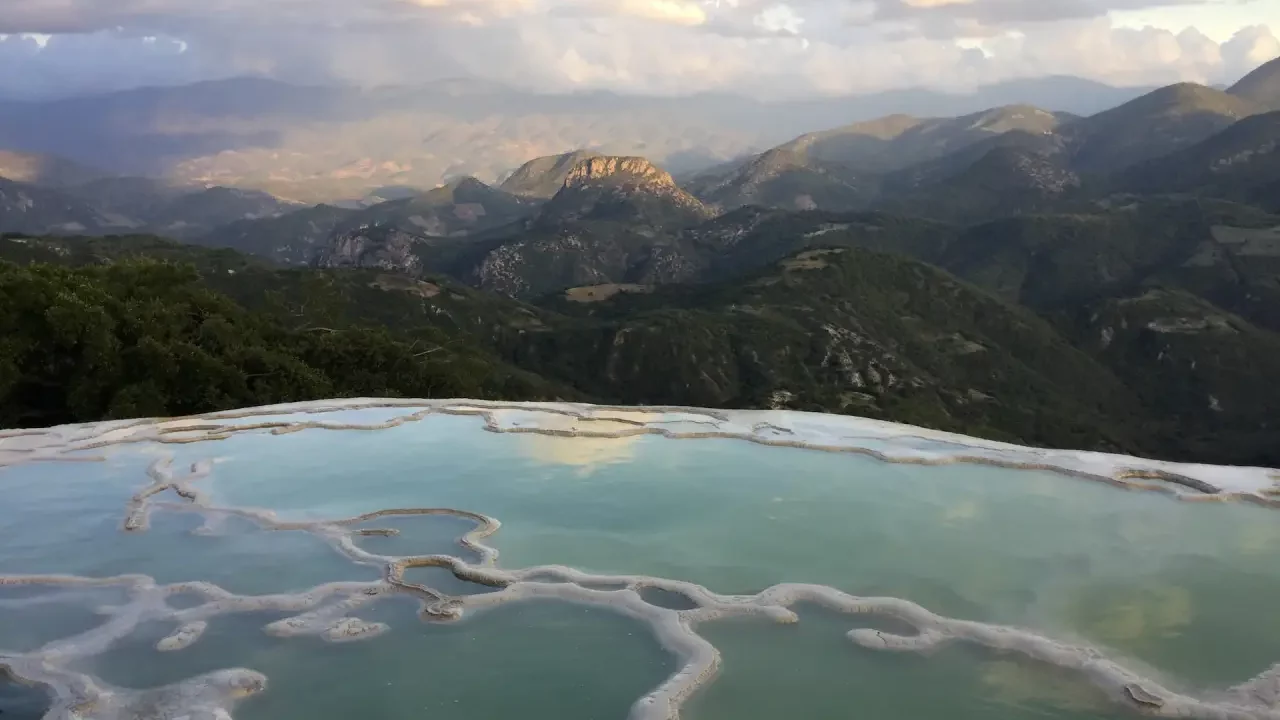
Photo Credit: Forbes Mexico
Santa María del Tule
The Tree of Tule
The picturesque village of Santa María del Tule has a 2,000-year-old Montezuma Cypress tree that’s an incredible sight to behold. At 138 feet (42 meters) high and 46 feet (14 meters) wide, the Tree of Tule is said to have the widest trunk in the world.
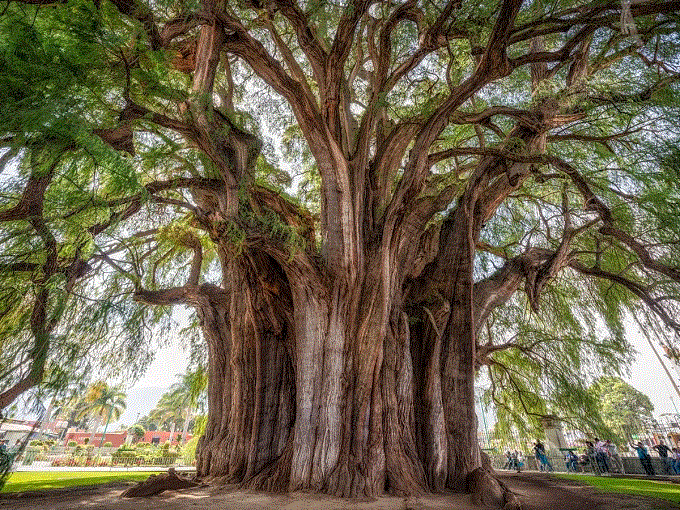
Photo Credit: The Oaxaca Post

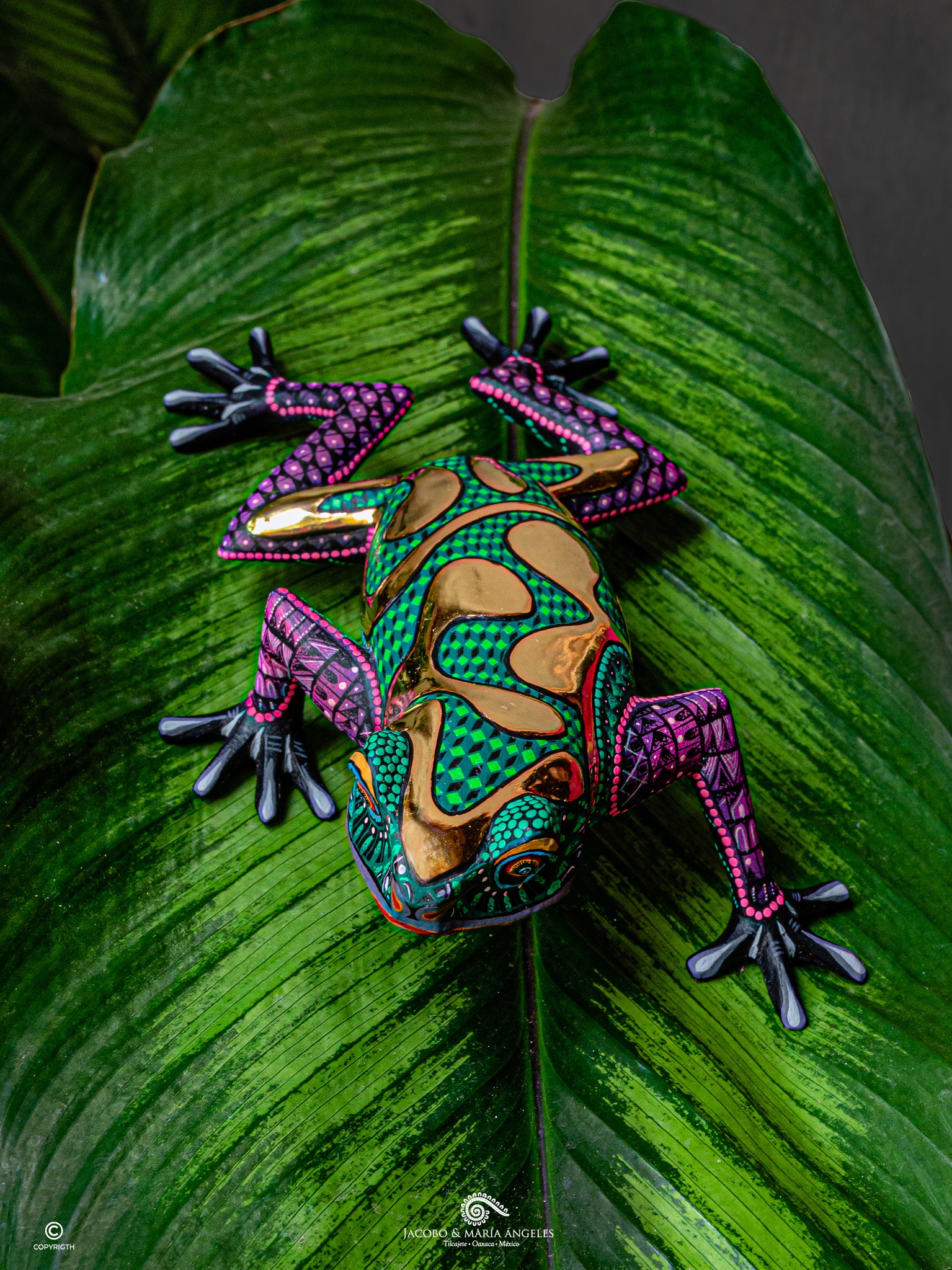
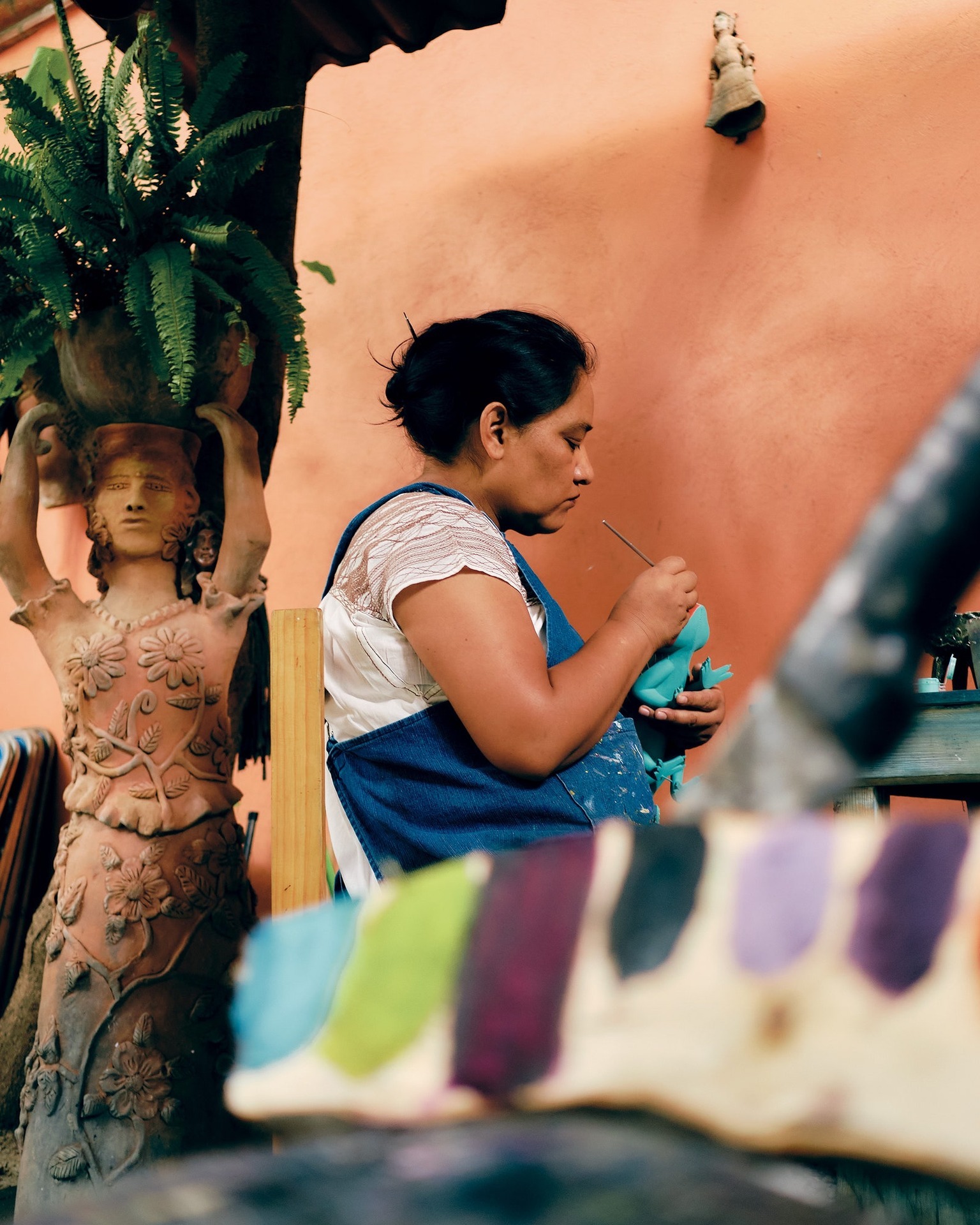




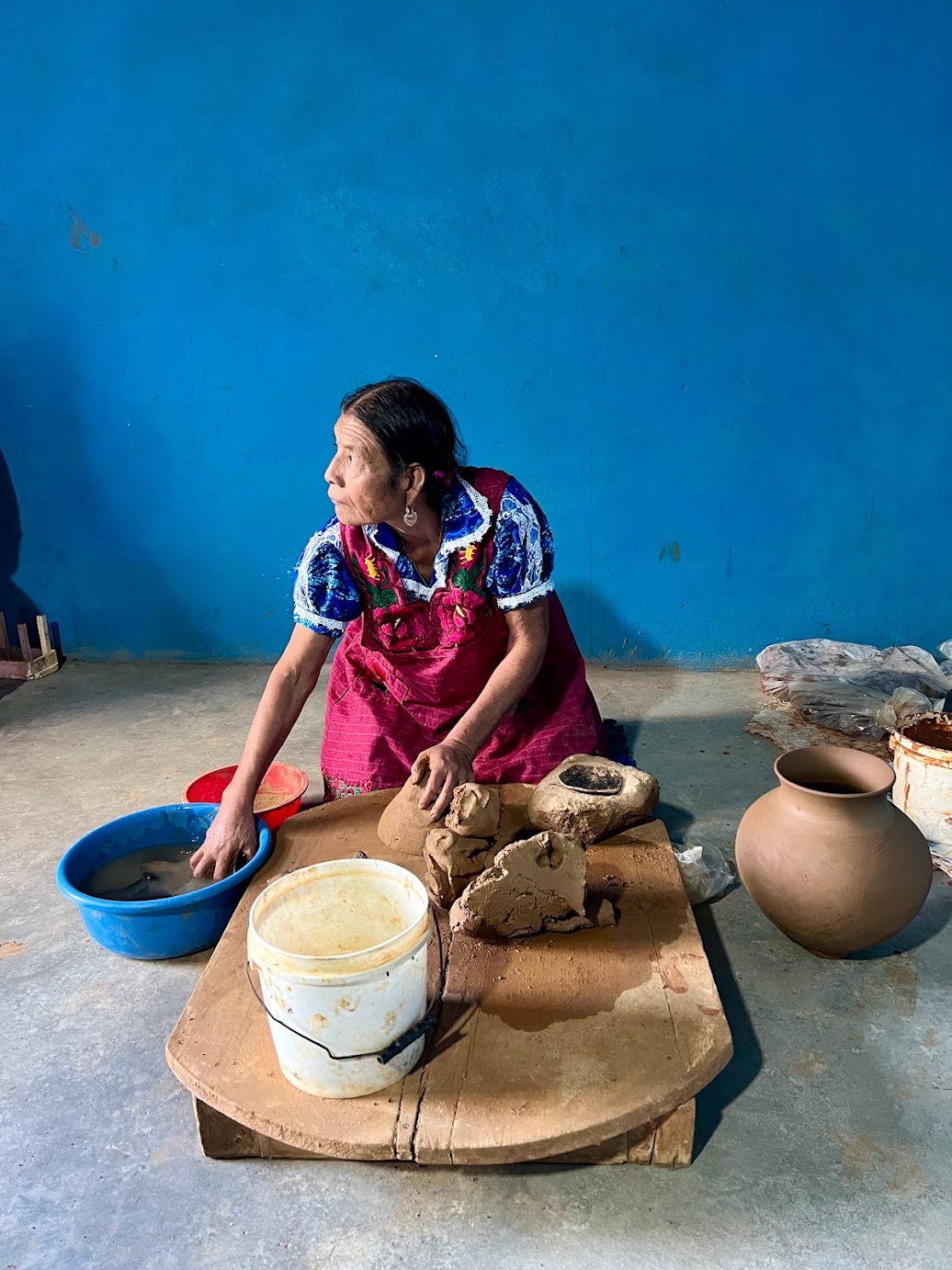

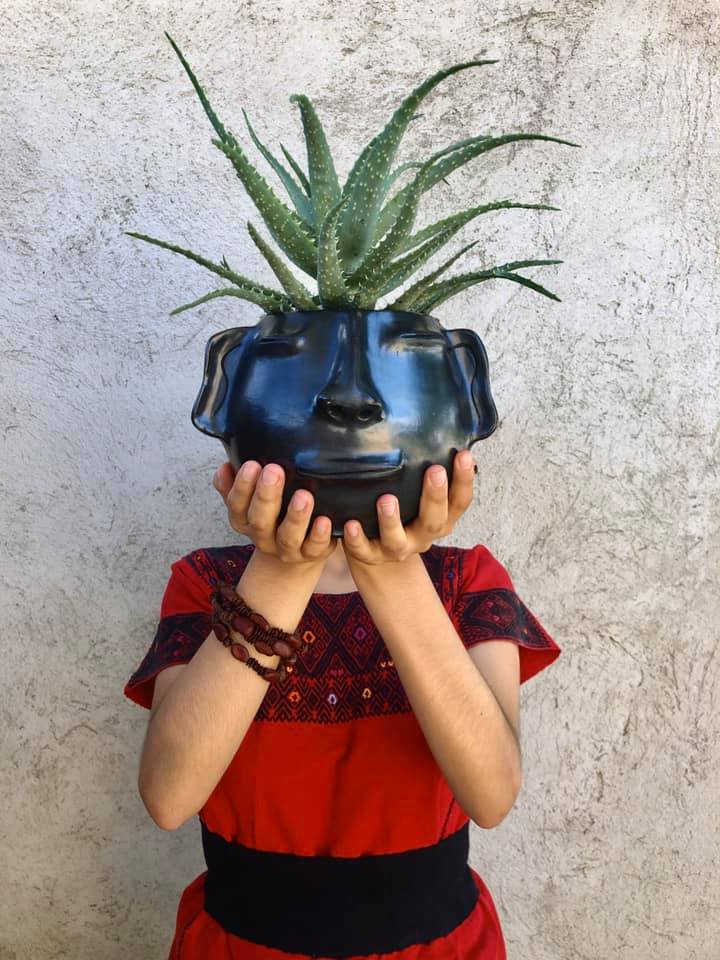



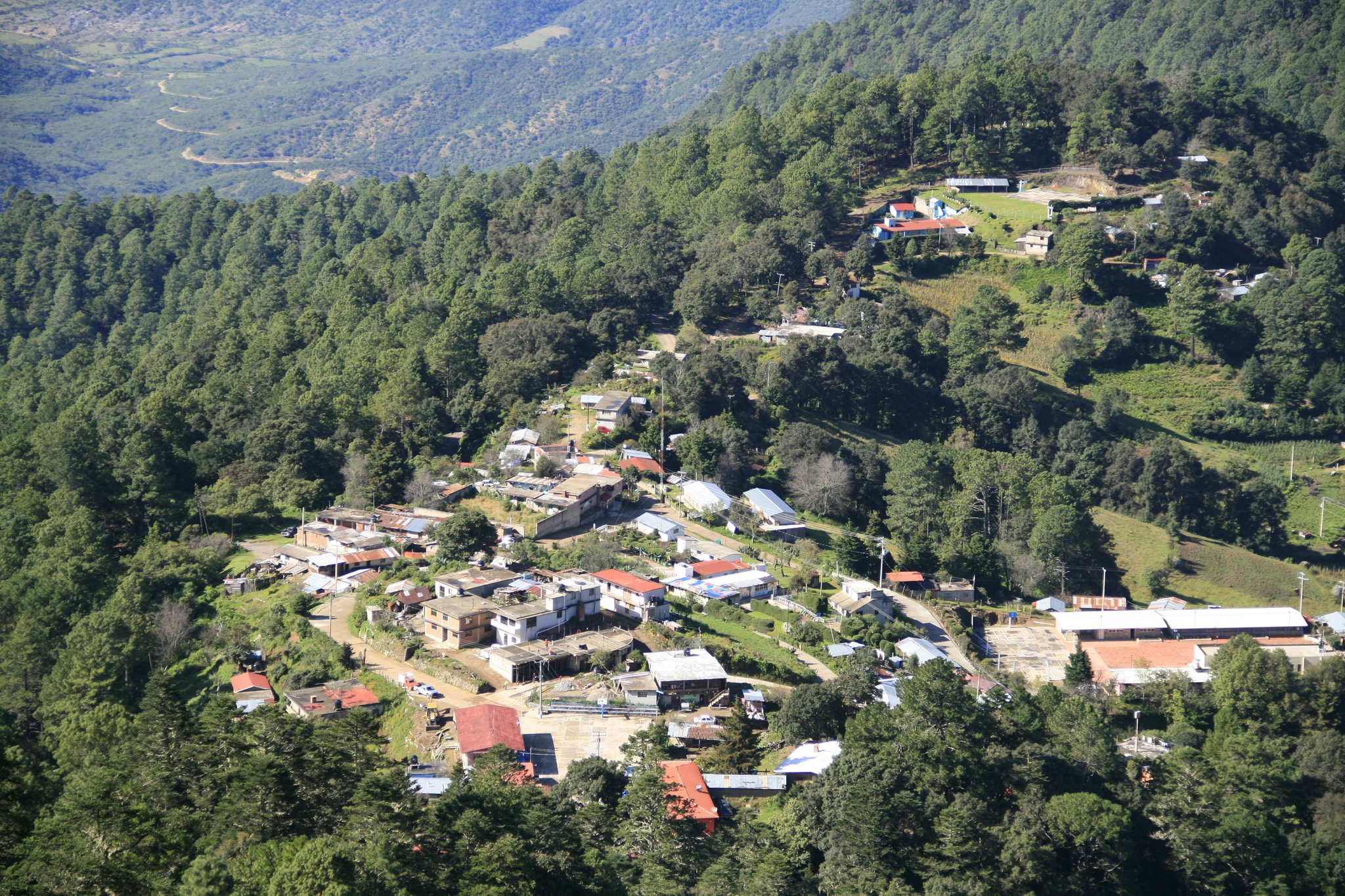
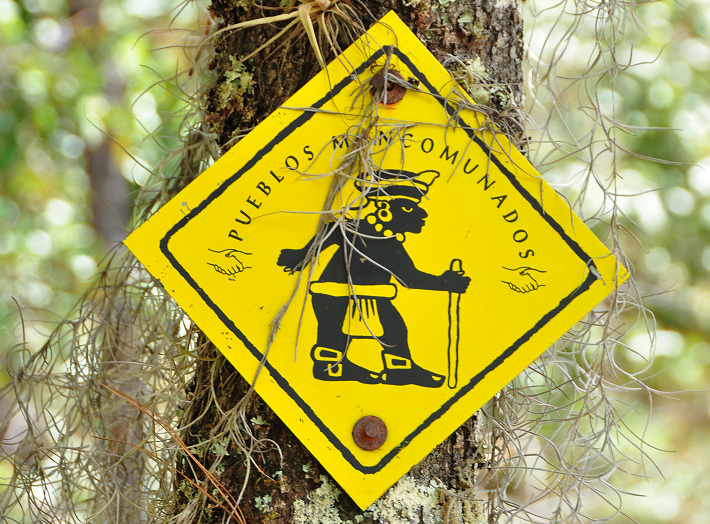

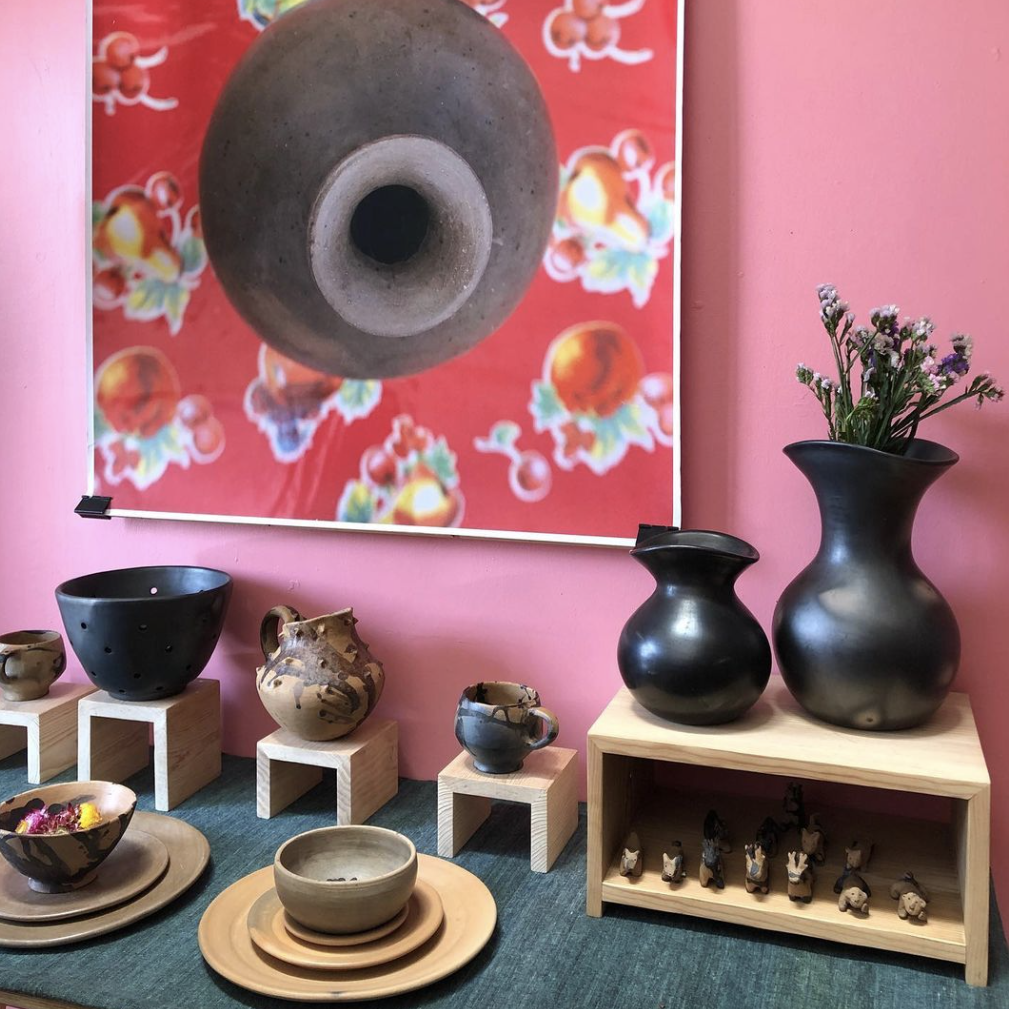
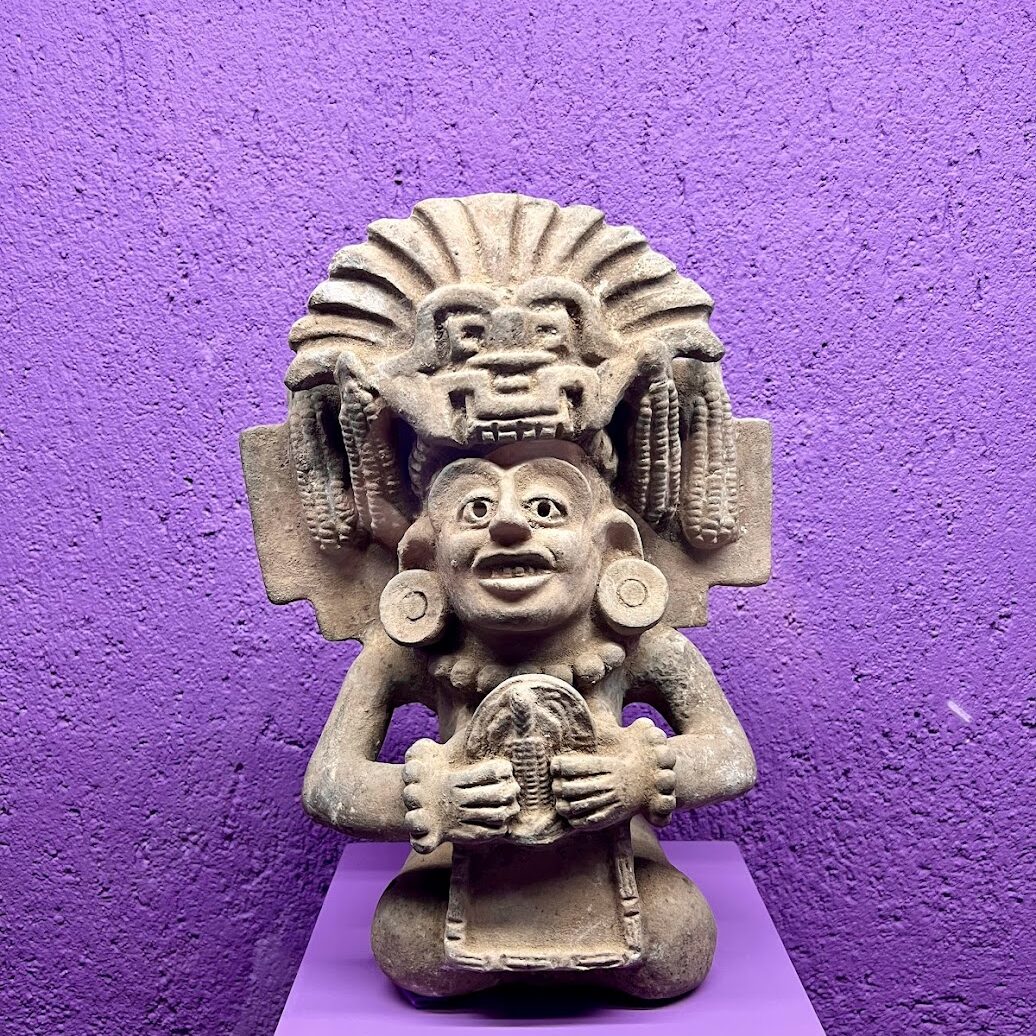
Leave A Comment